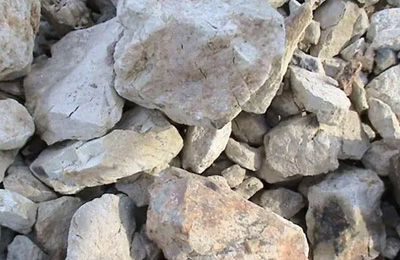Bauxite is a mineral that is primarily used for aluminum production. It is formed by the weathering of aluminum-rich rocks and soils over millions of years. The main component of bauxite is aluminum oxide, which can be processed into aluminum through a series of refining steps.

Bauxite crushing and processing
Bauxite crushing is the first stage in the production process of aluminum. In this process, the bauxite ore is crushed into small particles with a diameter of less than 30mm. The crushing process is important because it breaks down the bauxite into smaller particles, making it easier to extract the aluminum oxide.
The crushing process typically involves three stages: primary crushing, secondary crushing, and tertiary crushing. In the primary crushing stage, the bauxite ore is fed into a jaw crusher for primary crushing. The crushed material is then transported to a secondary crusher, such as a cone crusher or impact crusher, for further size reduction. Finally, the material is sent to a tertiary crusher, such as a VSI crusher, for even finer crushing.
After crushing, the bauxite is processed through a series of refining steps to extract the aluminum oxide. The first step is the digestion of the crushed bauxite ore in a caustic soda solution, which dissolves the aluminum oxide. The remaining solid material is called red mud and is disposed of in large containment areas.
Applications
Bauxite is widely used to make aluminum, extrusion billet, rolling slab, wire rod and so on. Its application is widely, it is related to our daily life closely, such as cans of food and drink, kitchen utensils and various kinds of packaging. Moreover, it is increasingly used to produce cars and aircraft. Vale has operations in all phases of aluminum production, from research into bauxite to alumina refining and production of primary aluminum.
